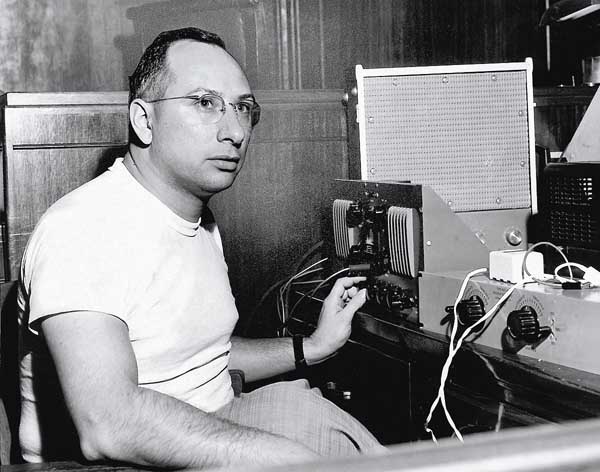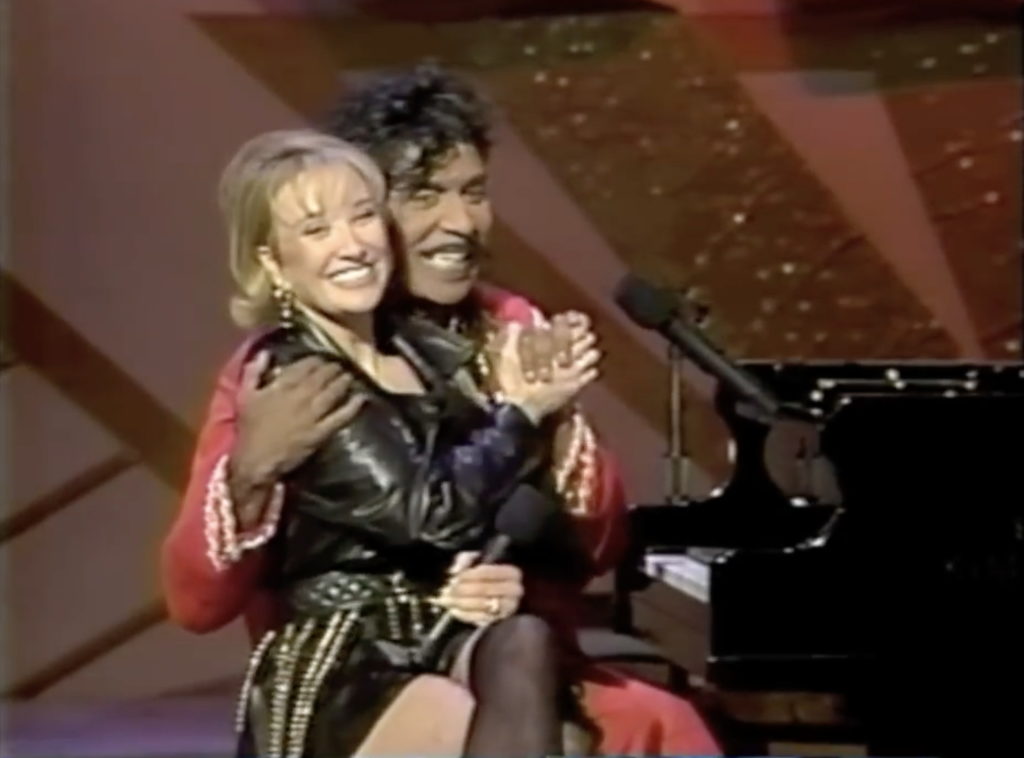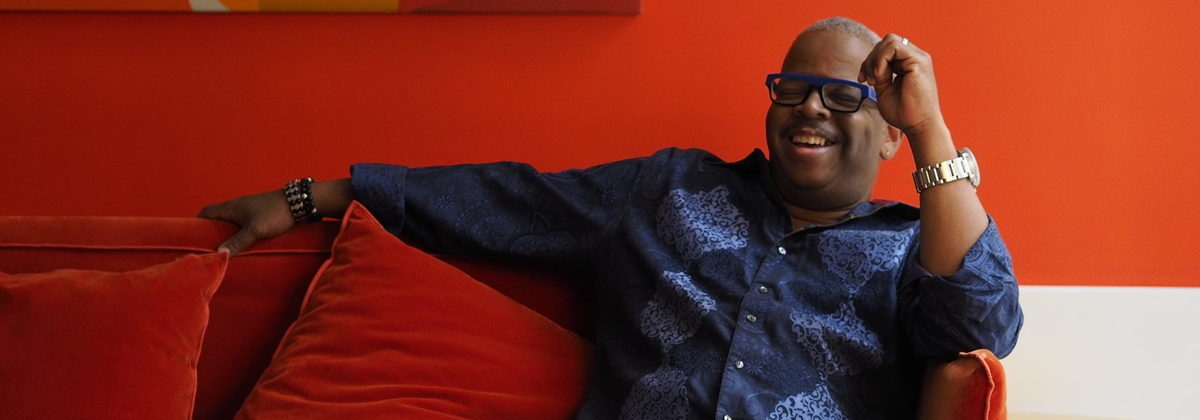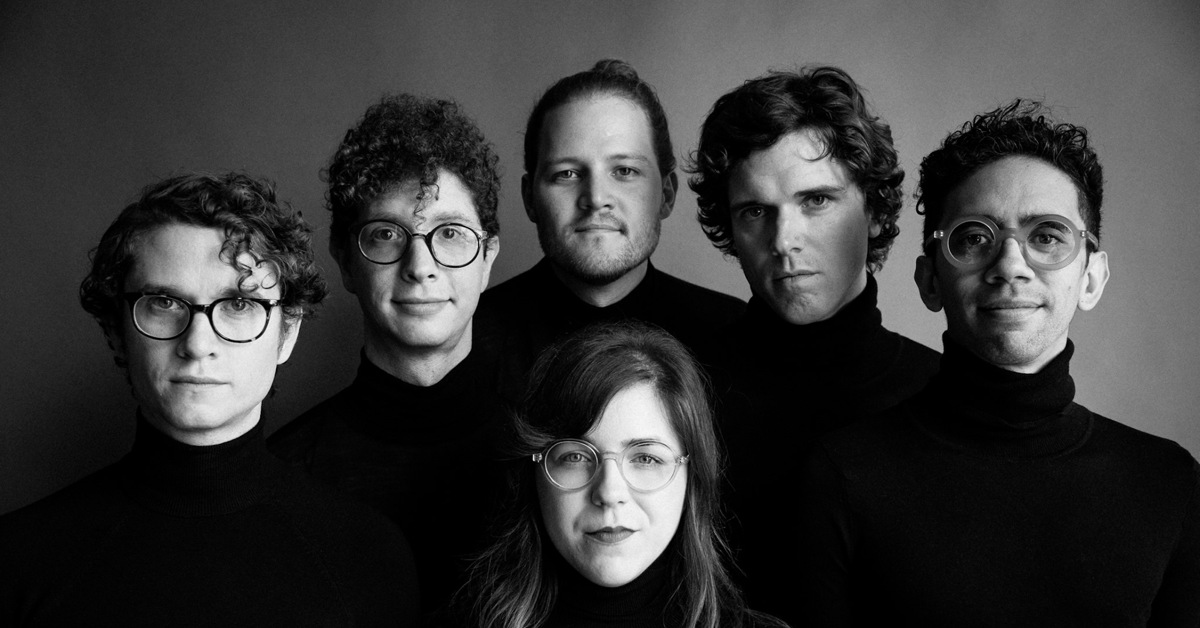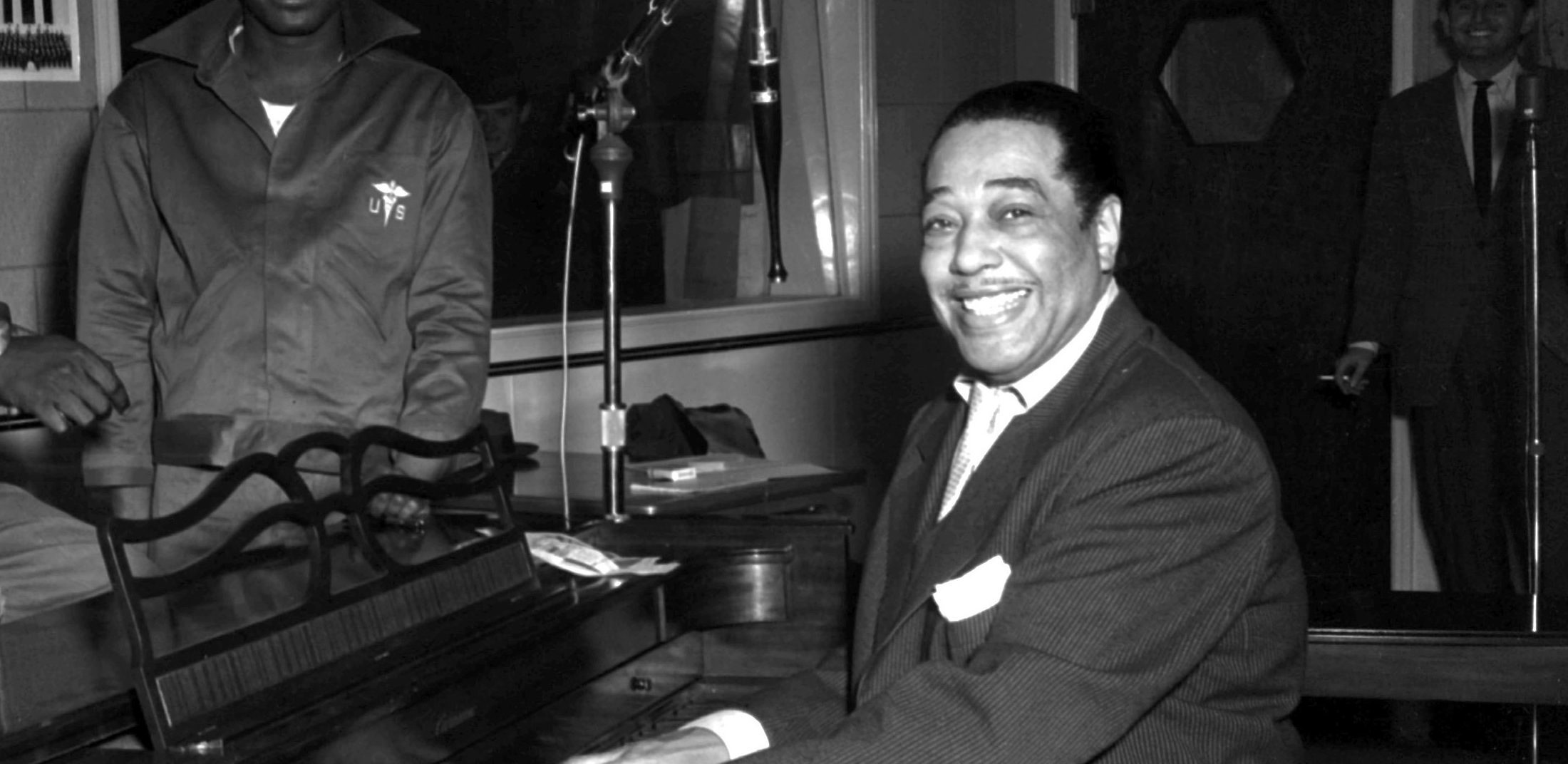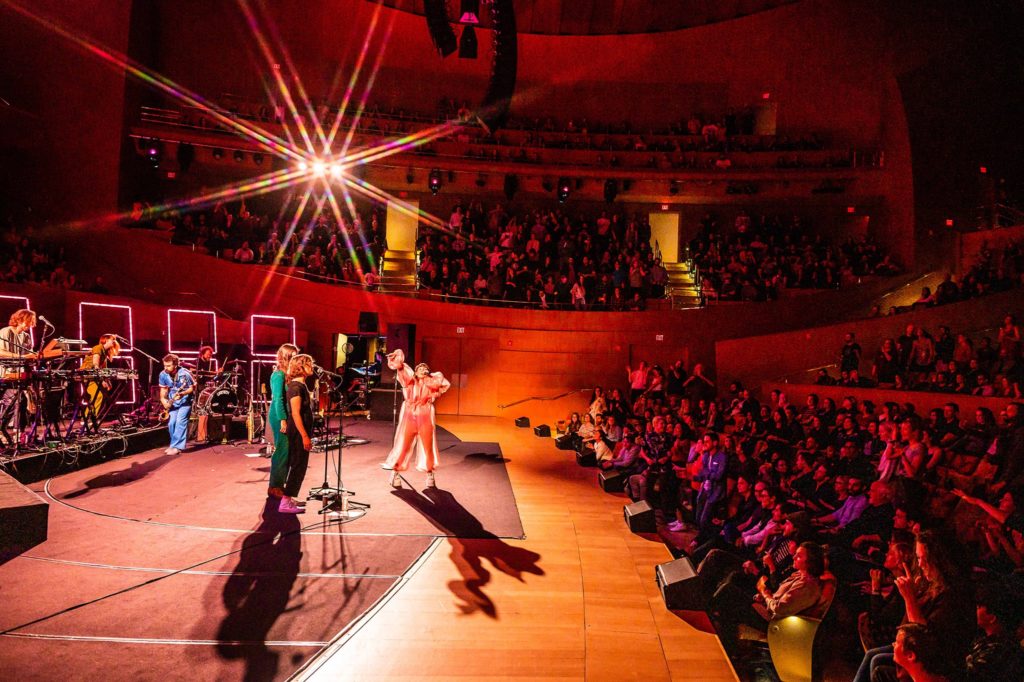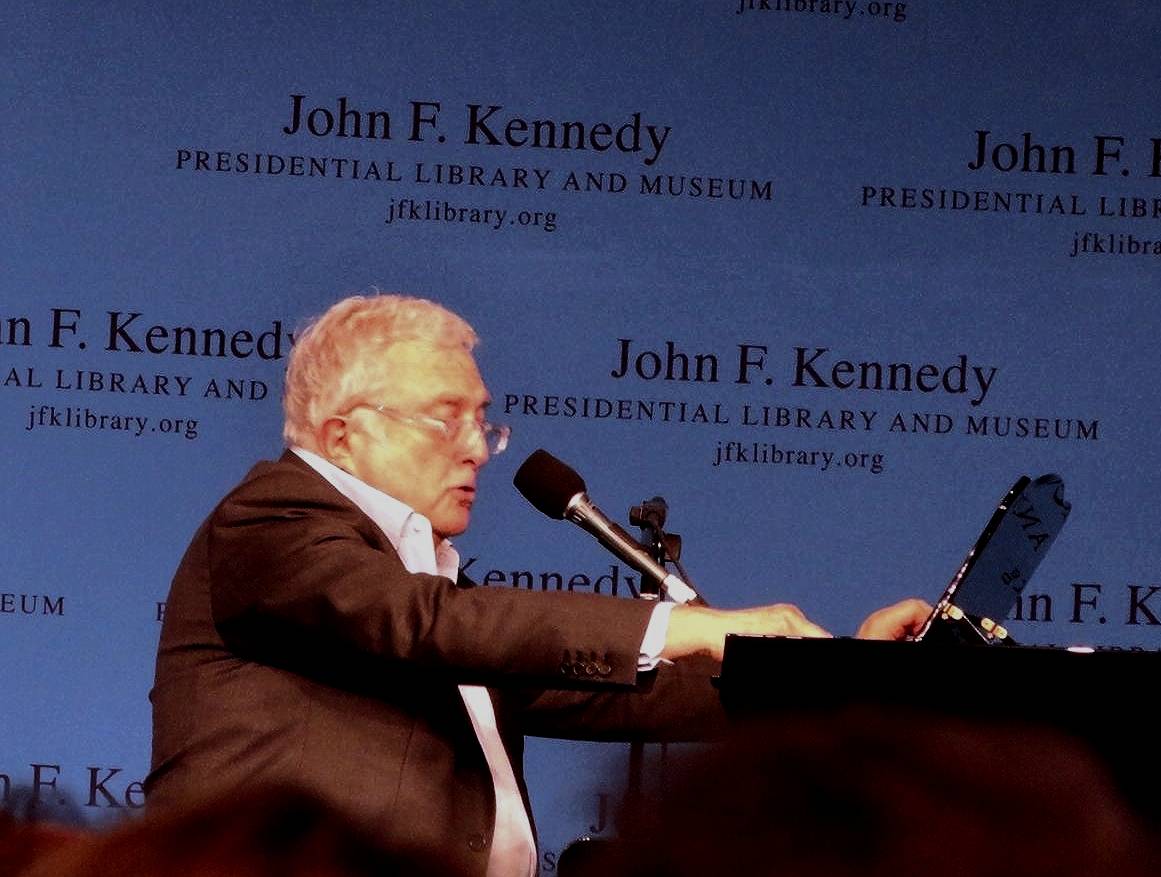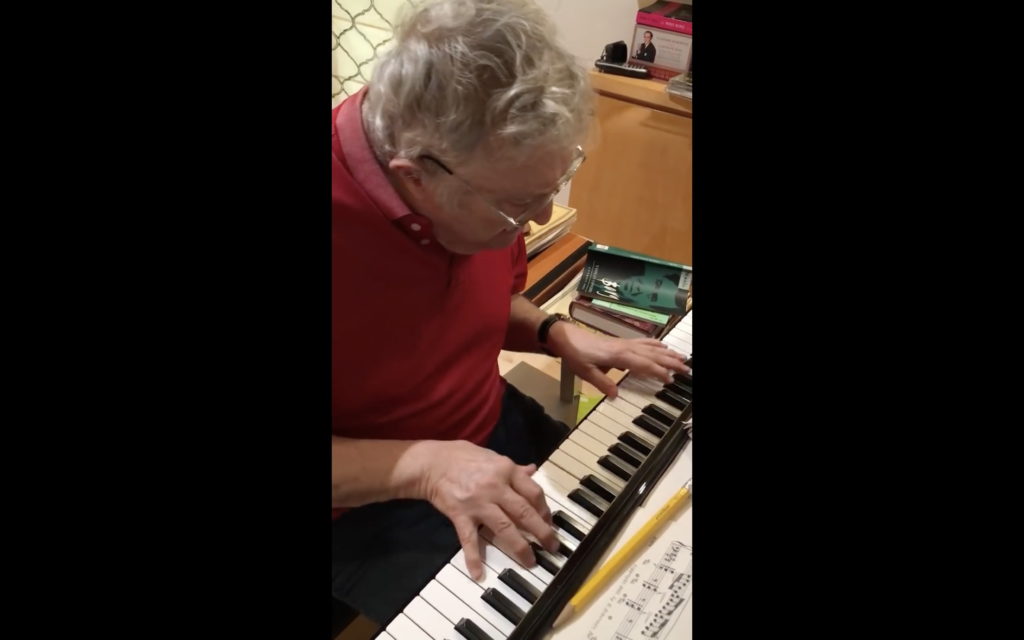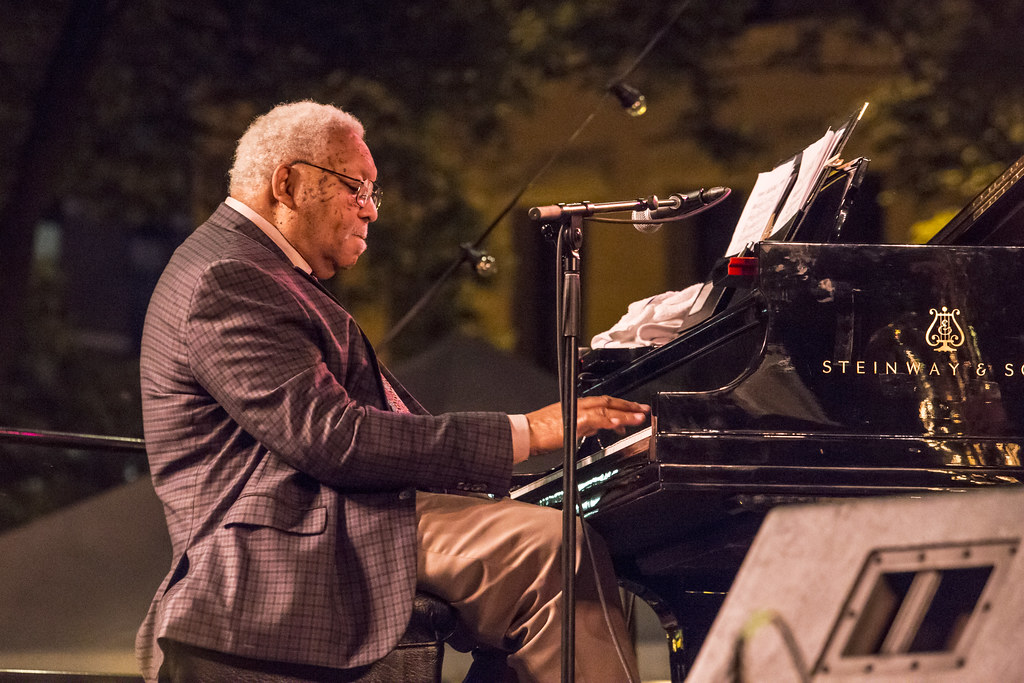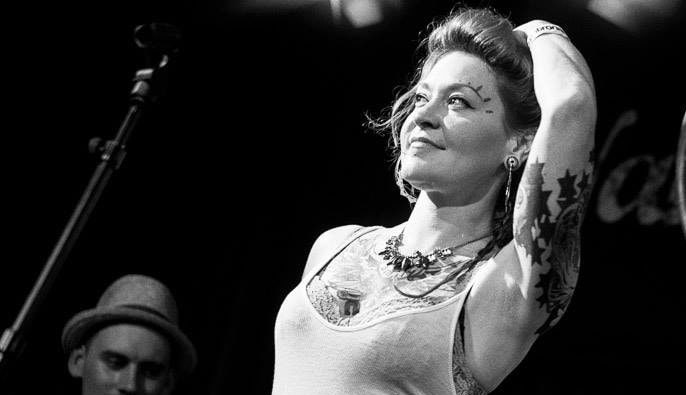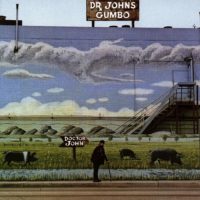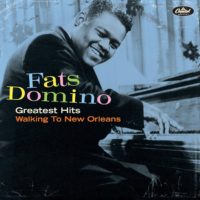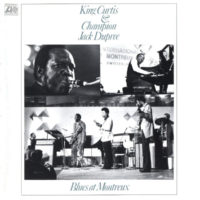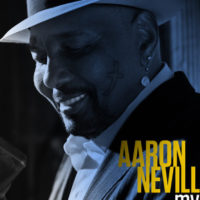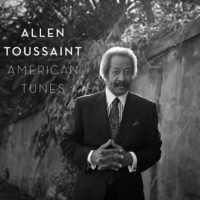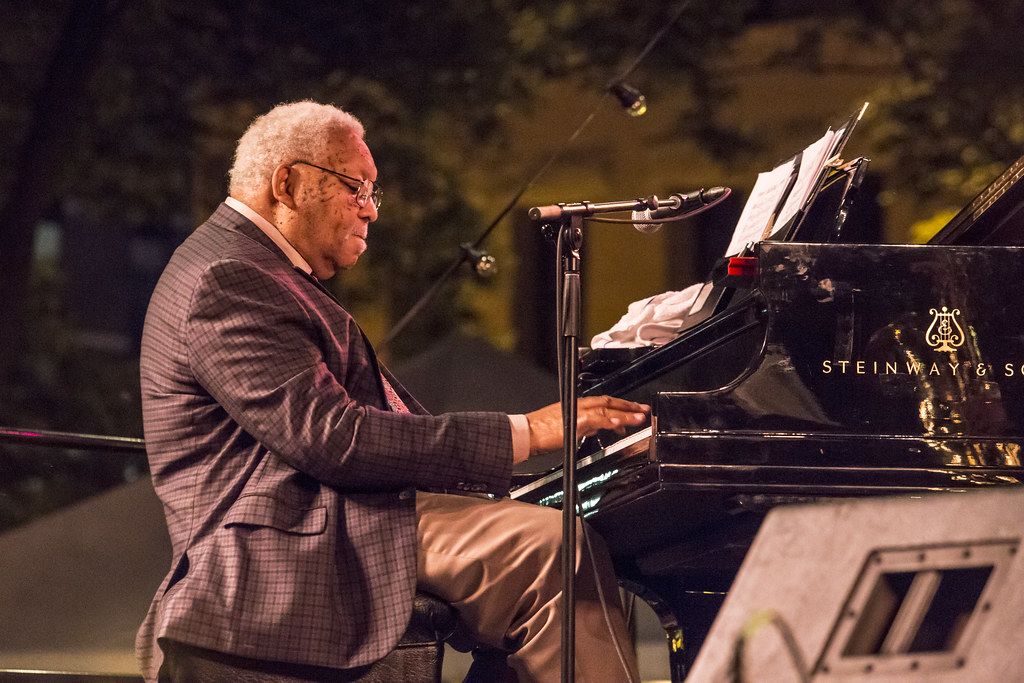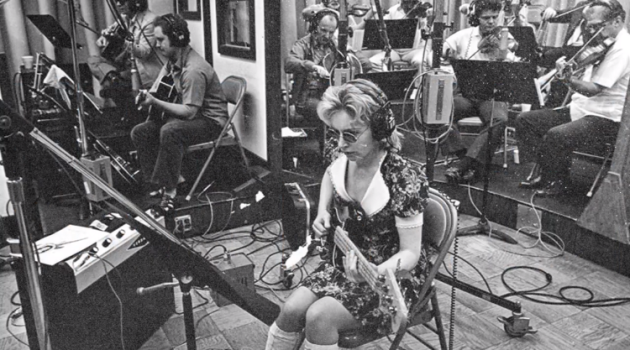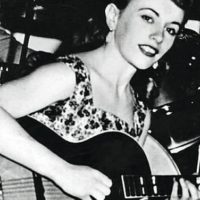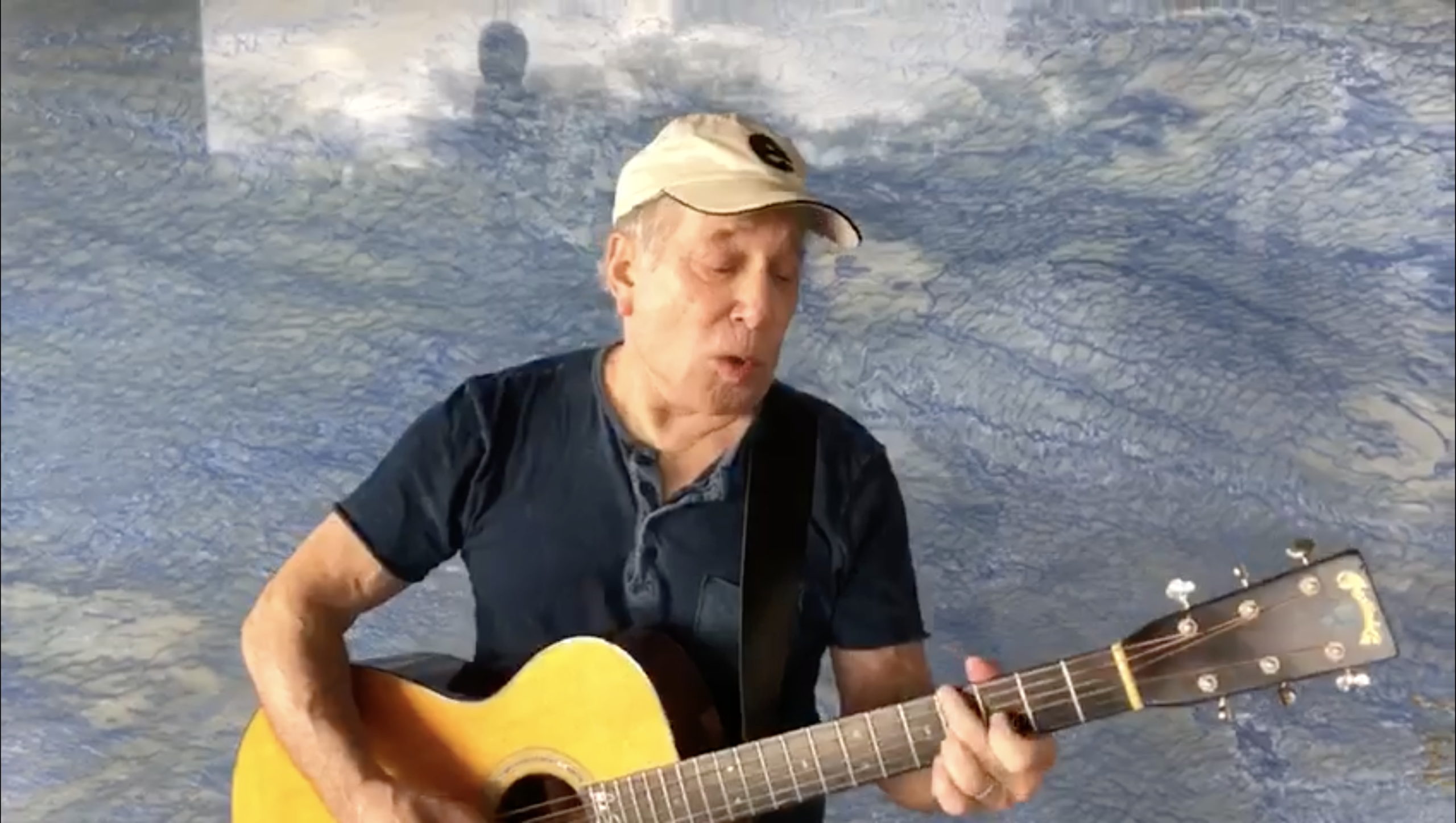Tough times call for time-tested music. Here are five albums we’ve listened to over and over again throughout the years — on vinyl, compact disc, streaming … some even on cassette!
We’re not saying these are the best in whatever musical category they happen to occupy. Nor do we claim each album’s the best offering from that particular artist. “Best” is not a debate we want to get into.
What each album offers is good company. A musical sanctuary for those who just need to make the rest of the world disappear for about 40 minutes or so.
1. Dr. John, Gumbo
Hard to believe this recording’s almost fifty years old! The songs on Gumbo are so different from the pop and jazz of the early 70s they might as well have landed from outer space. They had — and have — an infectious, driving, carefree yet wistful quality that’s a defining characteristic of New Orleans music. And co-produced by Harold Battiste, how could they not?
While Gumbo is available online and on CD it’s worth seeking out a vinyl copy (either the 1972 Atco original or the 1986 Alligator re-issue) in order to read Dr. John’s liner notes, strangely missing from the other formats.
2. Fats Domino, Greatest Hits: Walking To New Orleans
They’re all here: “Blueberry Hill” … “I’m Walkin'” … “Blue Monday” … the songs you need to get you through these hard times. Bonus activity: put “Ain’t That A Shame” on repeat, pick up a saxophone and pretend you’re Herb Hardesty.
3. King Curtis & Champion Jack Dupree, Blues at Montreux
Recorded live at the Montreux Jazz Festival, Montreux, Switzerland on June 17, 1971, but it could’ve been a decade earlier at the Drop on LaSalle. Everybody’s having so much fun here. On “Junker’s Blues” Jack plays fast and loose with the 12-bar format, dropping a measure here and adding one there as the band struggles to keep up. “When it comes to bars,” he says, “the only ones I know about are those you drink in and those in prison cells. I don’t count bars, I play by feeling.”
4. Aaron Neville, My True Story
Produced by Don Was and Keith Richards, with Richards on guitar, this album of doo-wop standards may seem as far removed from New Orleans as you can get. But oh, that voice. That soul, that wellspring of controlled emotion. “These songs helped to mold me into who I am,” says Aaron Neville. “They’re all dear to my heart, and they rode with me, in my bones, through all these years.”
We could listen all day long.
I’m not sure, but I’m almost positive, that all music came from New Orleans.
Ernie K-Doe, 1979
We referenced this on a recent blog post featuring Paul Simon’s timely video, “American Tune Til Further Notice.” Now it’s time to play the record in its entirety. While you’re listening you may want to read an insightful revue by another virtuoso New Orleans pianist, Tom McDermott. A fitting testimonial to an astonishing career. Thanks, Mr. Toussaint, for helping us get though this period of isolation and loss with your unyielding optimism and matchless grace.
